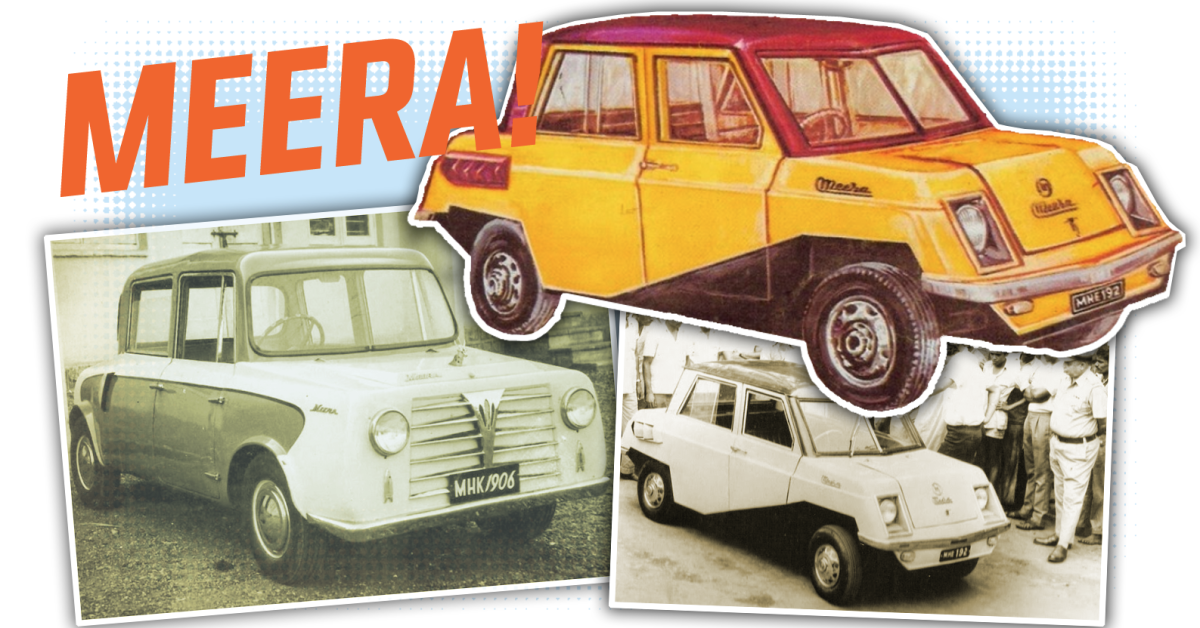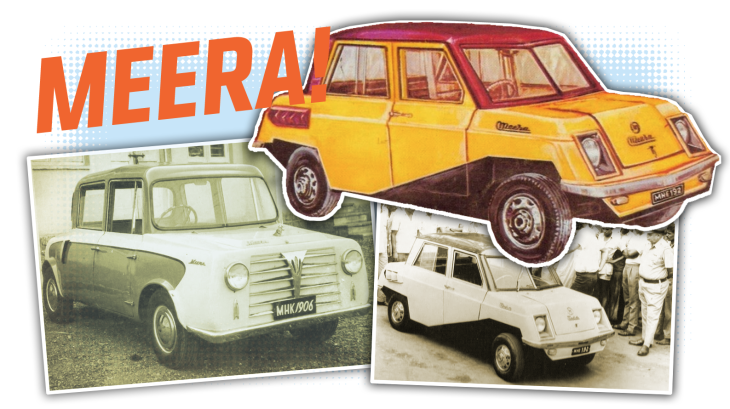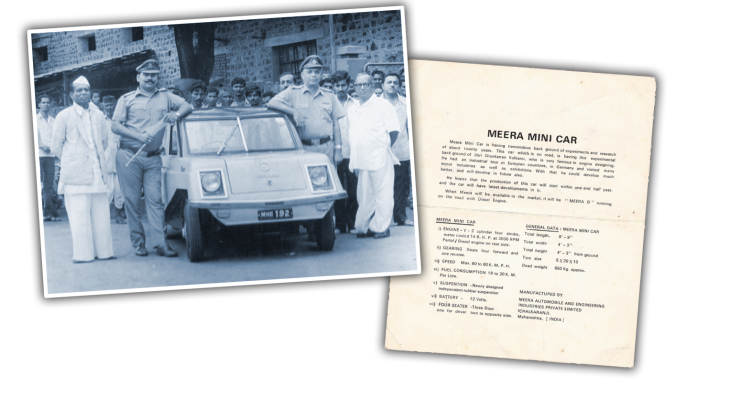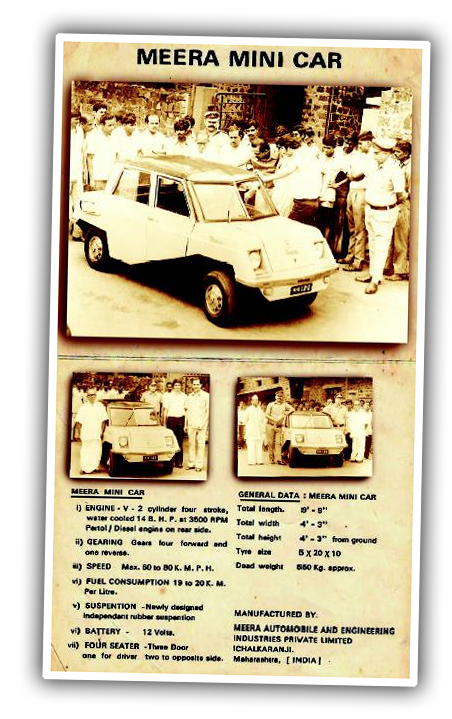Before Tata Nano, Meera Was The First Cheapest Car For Indians
Dhir Acharya - Feb 07, 2019

Born before Tata Nano over 30 years, Meera was actually the first cheapest car which carried the dream of mobility for every Indian family.
- Delhi Is The World’s Most Polluted Capital City For Three Years In A Row
- Indian Farmers Install High-Tech, Night-Vision CCTV Cameras To Protect Themselves
- Looking For The Best Electric Bike In India 2021? Take A Look At These
Tata Nano is known to be the first cheapest car ever made, which is priced at only $2,500. However, what few people know is that the vehicle has a spiritual ancestor, which was also from India. This ancestor is small, extremely cheap that even the poorest family can afford it. The car was once a man’s dream, Shankarrao Kulkarni, and it was called Meera.

Despite dropping school at the age of 12, Kulkarni grew up to become a respected and famous engineer. In 1945, he decided to make an affordable car for Indians; in 1949, his first prototype, a two-seat vehicle, came out. Kulkarni made the prototype with three seats by 1951 and then another one in 1960.

Following the mindset of cars during the mid-century, these cars have several interesting characteristics such as lightweight, rear air-cooled engine, and all-rubber suspension that Kulkarni claimed to save more than a hundred spare parts. According to Kulkarni, the all-rubber suspension also gave the car a longer lifespan.
The prototype made in 1951, the car could go 50 MPG, and with a 19 horsepower air-cooled inline-twin, it could speed up to 55 MPH.

By 1970, Kulkarni released the final design for Meera, which still possessed the characteristics we listed above. By 1975, Kulkarni released the specifications for the production of Meera. Now, the car had a V-twin engine which is cooled with water, giving it only 14 horsepower along with four forward gears. However, the vehicle could still run up to 50 miles per gallon. This version had four seats and a small trunk at the car’s front.

Considering the era when this car was made, this final design looked pretty cool. With its ‘70s modern look, the car brought about an almost science fiction feeling.
Meera was intended to be priced at Rs 12,000, which equals $3,500 US today. Unluckily, the car never went to production due to bureaucracy and red tape, as told by Kulkarni’s grandson. Even though Kulkarni drove Meera to an exhibition and was offered free land to build a factory by the Jaysinghpur municipality, he could not get the government’s approval. By 1975, Suzuki succeeded in beating Kulkarni’s efforts with its industrial might, sheer size, and money, and made its way to India’s market.

In 2008, Tata Nano followed the idea to produce a car cheap enough for every single family in India to buy. And Kulkarni’s family wanted to buy it first because they saw Nano as the descendant of Meera and a reflection of Kulkarni’s dream of mobility for all Indian people.
Featured Stories

Features - Jul 01, 2025
What Are The Fastest Passenger Vehicles Ever Created?

Features - Jun 25, 2025
Japan Hydrogen Breakthrough: Scientists Crack the Clean Energy Code with...

ICT News - Jun 25, 2025
AI Intimidation Tactics: CEOs Turn Flawed Technology Into Employee Fear Machine

Review - Jun 25, 2025
Windows 11 Problems: Is Microsoft's "Best" OS Actually Getting Worse?

Features - Jun 22, 2025
Telegram Founder Pavel Durov Plans to Split $14 Billion Fortune Among 106 Children

ICT News - Jun 22, 2025
Neuralink Telepathy Chip Enables Quadriplegic Rob Greiner to Control Games with...

Features - Jun 21, 2025
This Over $100 Bottle Has Nothing But Fresh Air Inside

Features - Jun 18, 2025
Best Mobile VPN Apps for Gaming 2025: Complete Guide

Features - Jun 18, 2025
A Math Formula Tells Us How Long Everything Will Live

Features - Jun 16, 2025
Comments
Sort by Newest | Popular